Dear producers,
For decades, top varieties of barley have been created in the very center of the granary.
Thanks to their high yields and quality, barley varieties of the Agricultural Institute Osijek have been at the forefront of wide production in the Republic of Croatia and the region for a number of years.
We are offering you the best materials.
We are grateful for your trust and wish you high yields.
Barley
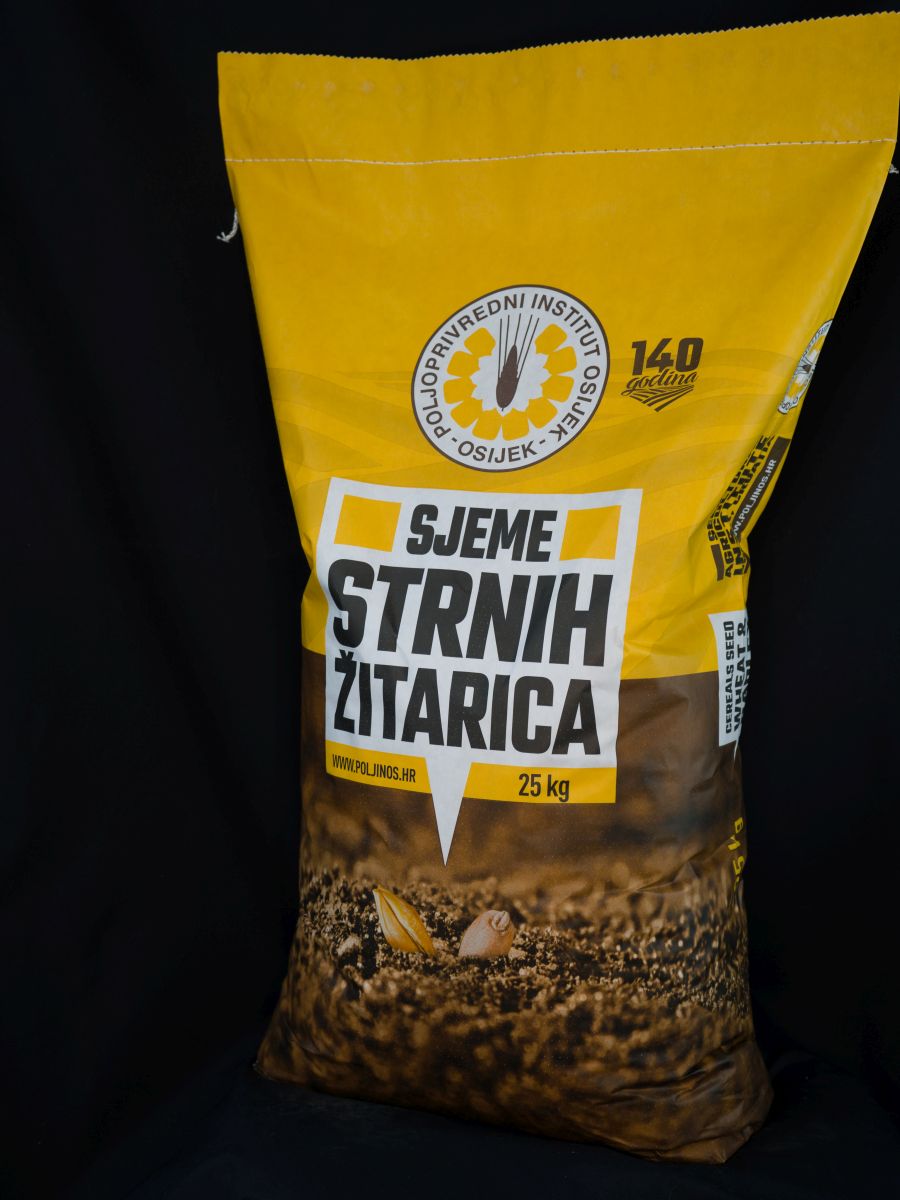
Barun
The leading winter barley variety in Croatia
- Medium-early variety
- One of the top two-rowed winter barley varieties in Osijek Agricultural Institute’s selection programme
- Leading variety in barley production in Croatia for a number of years, equally important for the malting and livestock industries
- Tolerant to the most widespread diseases
- Short, firm and elastic stem, resistant to lodging
- Large, uniformly sized grains
- Amount and stability of grain yield confirmed in many more or less challenging years and in a wide cultivation area
- Successfully grown in Romania, Hungary and Bosnia and Herzegovina, one of the leading varieties in barley production in North Macedonia all this time
- Recommended seeding rate of 220-250 kg/ha in optimal sowing periods
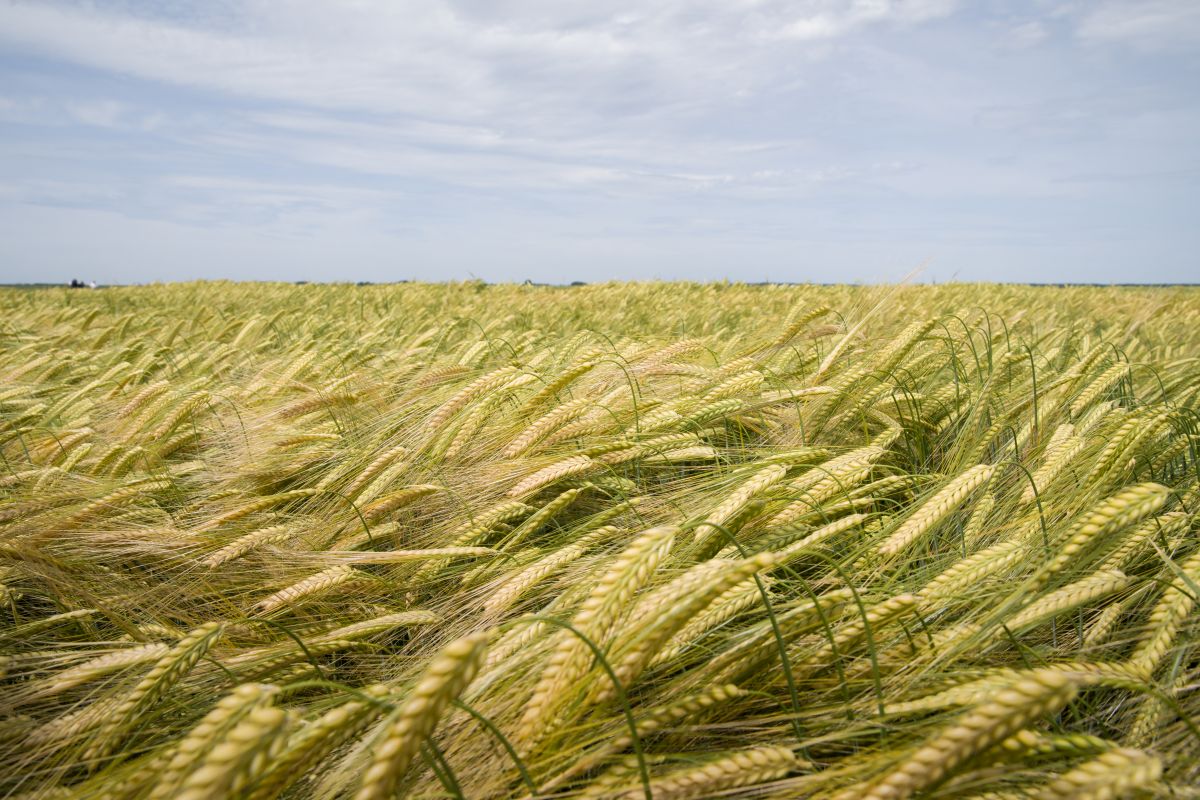 Medium-early variety
Medium-early variety
Kralj
New, highly adaptable, medium-early two-rowed winter barley variety
- Medium-early variety
- New, high-yielding two-rowed winter barley variety for the livestock industry and human consumption
- An extremely adaptable variety suitable for cultivation in fertile soils and more intensive production conditions, but also grows well in less fertile soils and in more extensive production conditions
- High yield potential
- Tolerance to most widespread diseases
- Medium-height, firm and elastic stem, resistant to lodging
- Large, uniformly sized grains
- Seeding rate of 200-220 kg/ha in optimal sowing periods to achieve target plant density
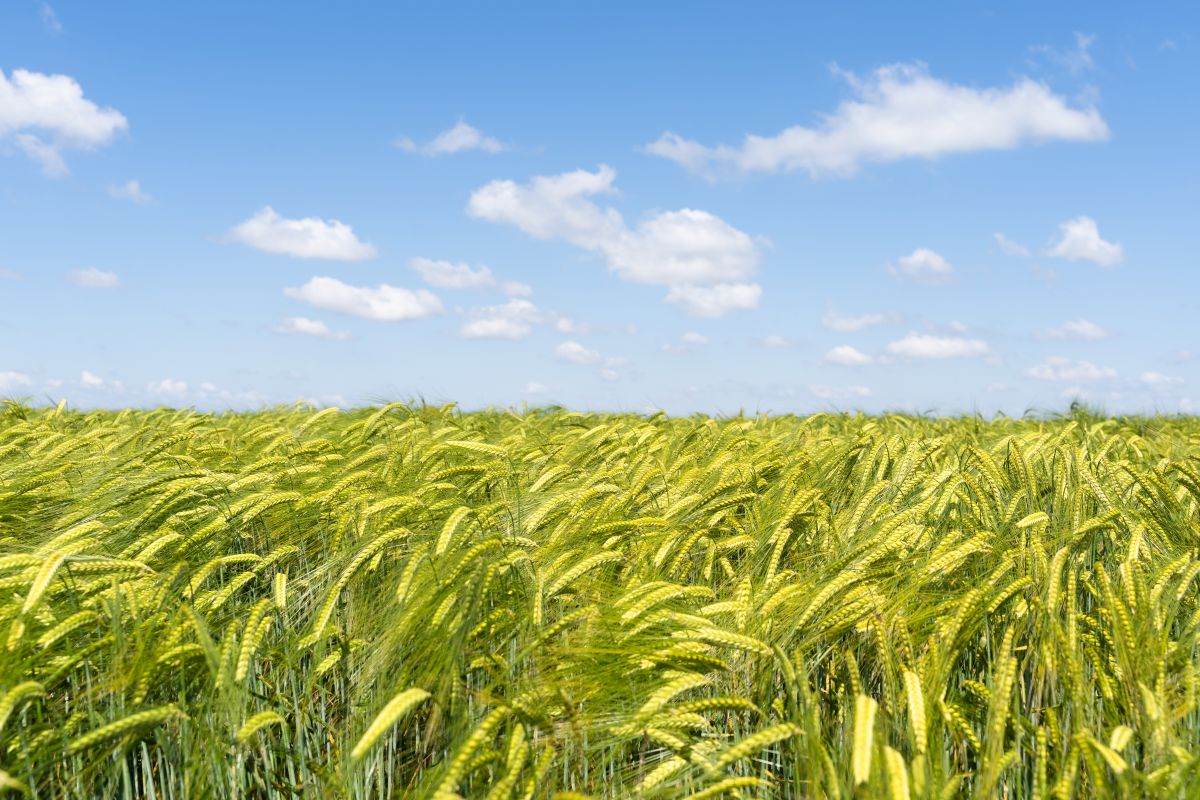 Medium-early variety
Medium-early variety
Kum
Latest high-yielding and high grain quality two-rowed winter barley variety
- Medium-late variety
- Latest two-rowed winter barley variety for the livestock industry and human consumption
- Medium-length vegetation period and heading time suitable for barley production conditions in Croatia, especially the lowland area, where it achieves stable and high yields, and high grain quality
- High adaptability
- Tolerance to most widespread diseases
- Very good resistance to low temperatures and drought
- Large, uniformly sized grains
- Shorter, firm and elastic stems, with short internodes; its characteristics make it one of our varieties most resistant to lodging
- Not recommended as a malting variety, but if malting barley crop management is correctly applied, produces malt with a high extract content and very good starch degradation cytolysis and proteolysis indicators
- Seeding rate of 200-220 kg/ha in optimal sowing periods
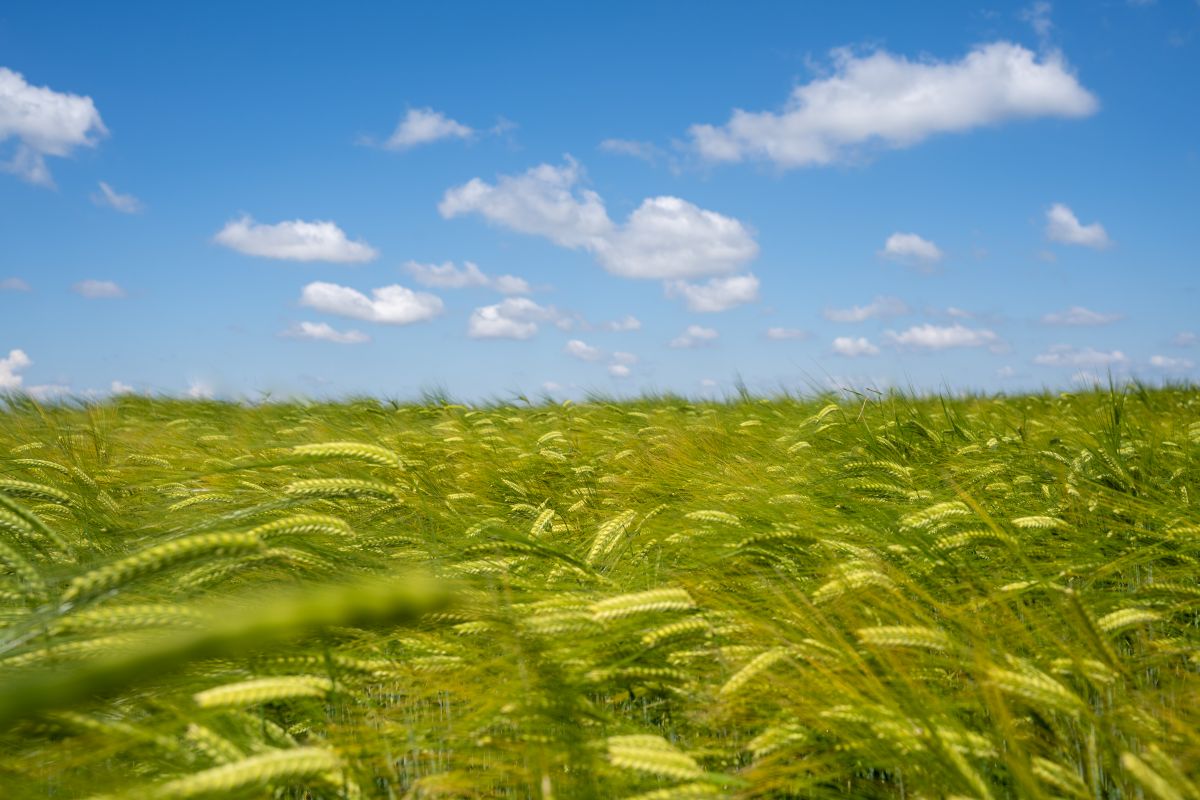 Medium-late variety
Medium-late variety
Maxim
Two-rowed barley variety offering “maximal” yield and yield stability
- Medium-late variety
- Most widely grown two-rowed winter barley variety in Osijek Agricultural Institute’s selection programme
- Recognised and successfully produced in Croatia and 10 other countries in the region and beyond
- Great adaptability and grain yield stability
- Highly tolerant to adverse effects of climate change (high temperature oscillations and drought)
- Good wintering, high productive tillering
- Short, firm stem, resistant to lodging
- High tolerance to diseases
- Often chosen by farmers who use intensive crop management to achieve above-average grain yield
- Due to its somewhat longer vegetation period, it manifests its yield potential both in the central and in the western production areas in Croatia
- Recommended seeding rate of 210-220 kg/ha in optimal sowing periods
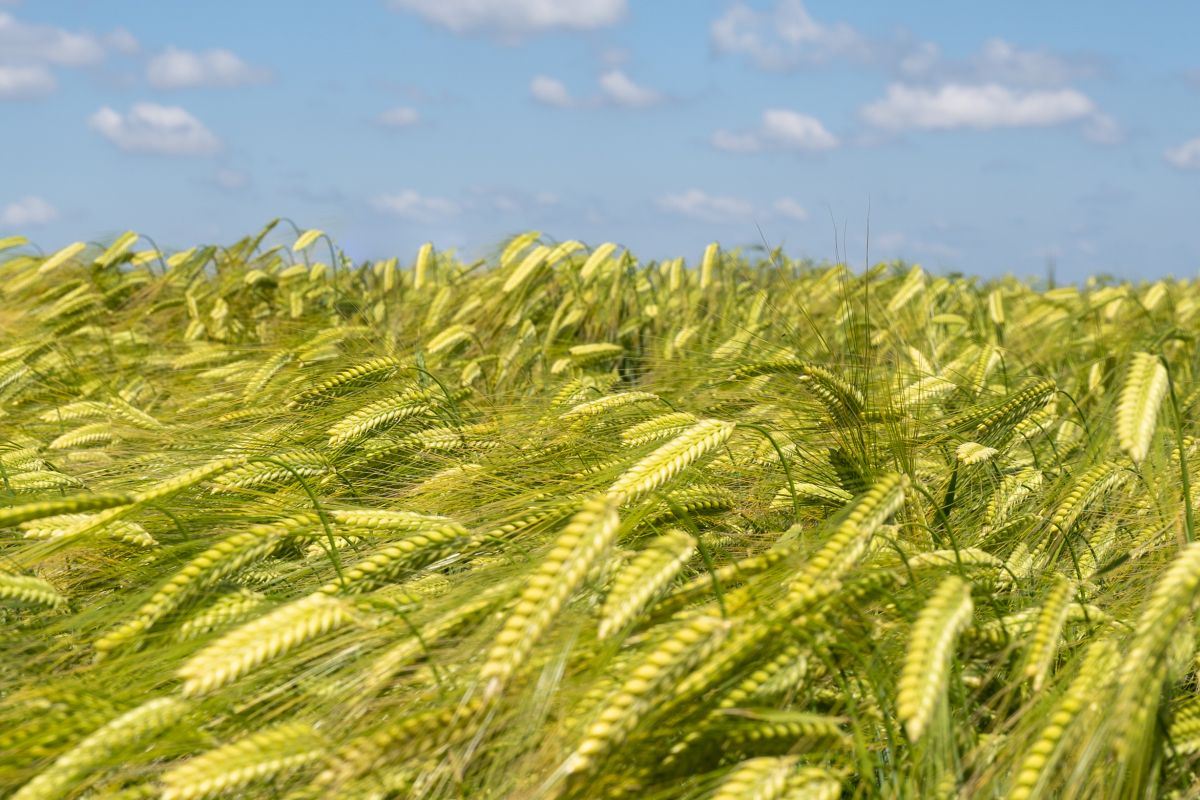 Medium-late variety
Medium-late variety
OS Titan
Six-rowed barley variety with a short vegetation period, resistant to lodging
- Early variety
- Most widely grown six-rowed winter barley variety in Croatia
- Its very early maturity is a very valuable property in increasingly frequent “short vegetation period”, high-stress production years
- Shorter, extremely firm stem, not prone to lodging, offering special safety in production
- High tolerance to most widespread barley diseases, good tolerance to extreme weather in winter and to drought
- Confirmed high grain yield stability; has achieved record yields in some years in a wide cultivation area in Croatia
- Stable and high grain yields in different soil types, suitable for cultivation in fertile soils and more intensive production conditions
- Very low per hectare seed consumption: lower seeding rate of 150-160 kg/ha in optimal sowing period
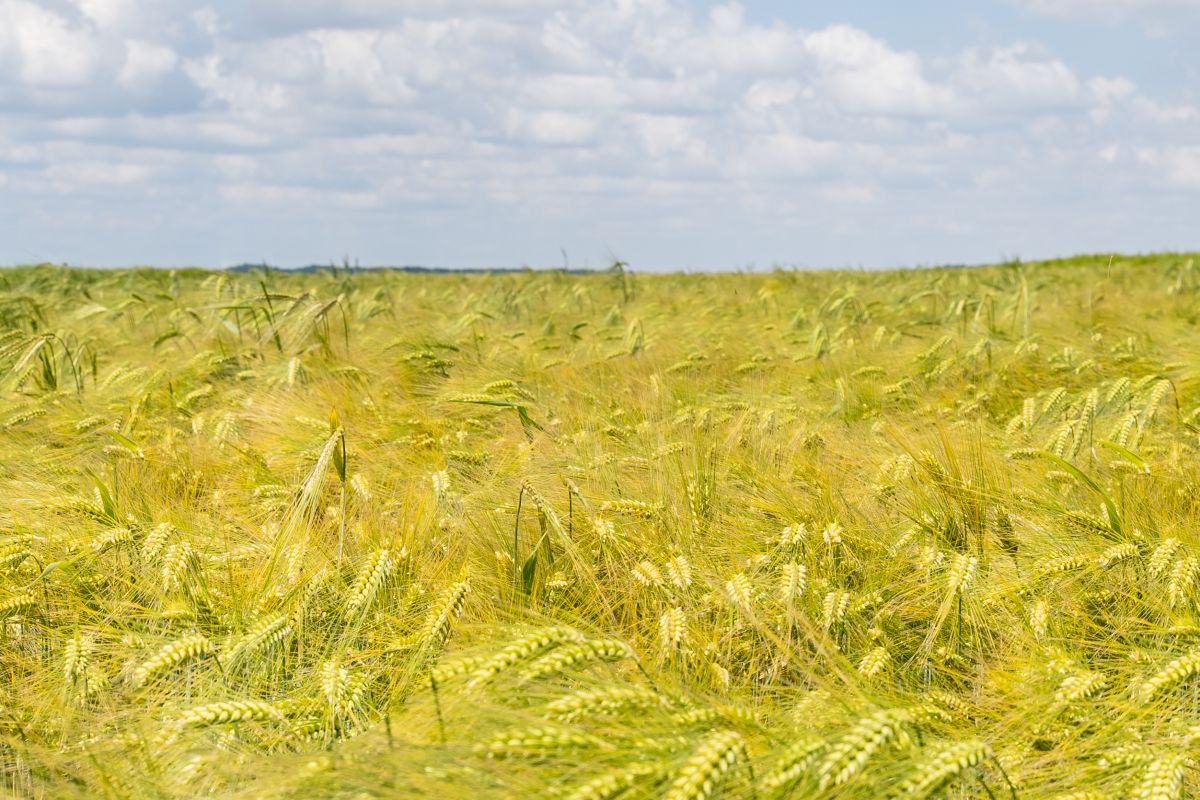 Early variety
Early variety
Panonac
Notable advancement in six-rowed barley selection
- Medium-late variety
- New, modern and highly attractive six-rowed winter barley variety for the livestock industry and human consumption
- Notable advancement in: increased grain yield, further “health record” improvement, increased resistance to lodging, increased first-class grain content and grain protein content
- Very attractive phenotype, horizontal spikes
- Taller, but very firm and elastic stem
- Large and well-formed grains
- Given its longer vegetation period, it will manifest its yield potential both in the central and western production areas in Croatia
- Recommended seeding rate of 190-200 kg/ha in optimal sowing periods
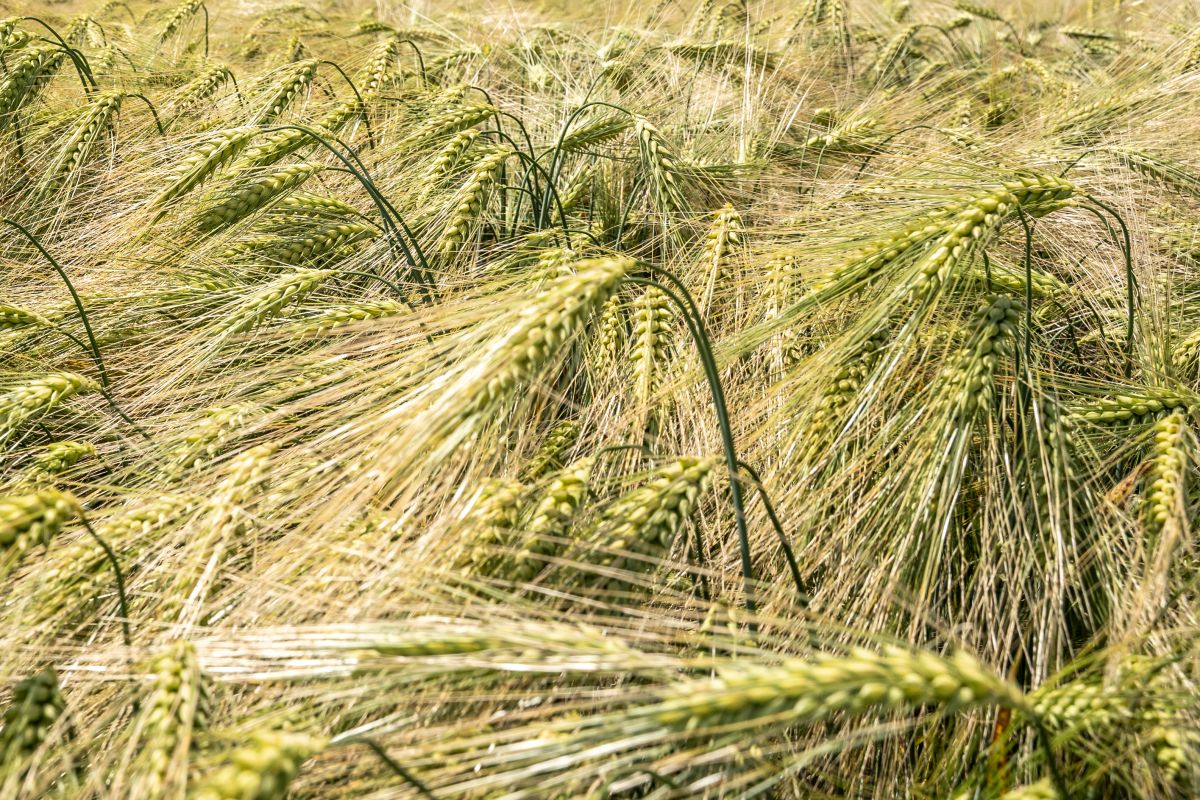 Medium-late variety
Medium-late variety
Pleter
New early variety with a high yield potential
- Early variety
- New, earlier two-rowed winter barley variety
- Capable of high grain yield potential even in drought years thanks to earlier heading and extended grain-filling time
- Well-formed, large grains, high grain-filling intensity, higher standard mass per storage volume, and high first-class grain content
- Very high grain yields can be expected in more fertile soils, using intensive crop management and well-balanced mineral fertilisation
- Very short and very firm stems minimize the risk of lodging
- Due to early maturity and earlier technological maturity, production of catch crops – 00 group soybean varieties with a short vegetation period (Korana) or early FAO 300 group hybrids (OS 3114) – can be planned after Pleter, if weather is adequate
- Recommended seeding rate of 200-220 kg/ha in optimal sowing period
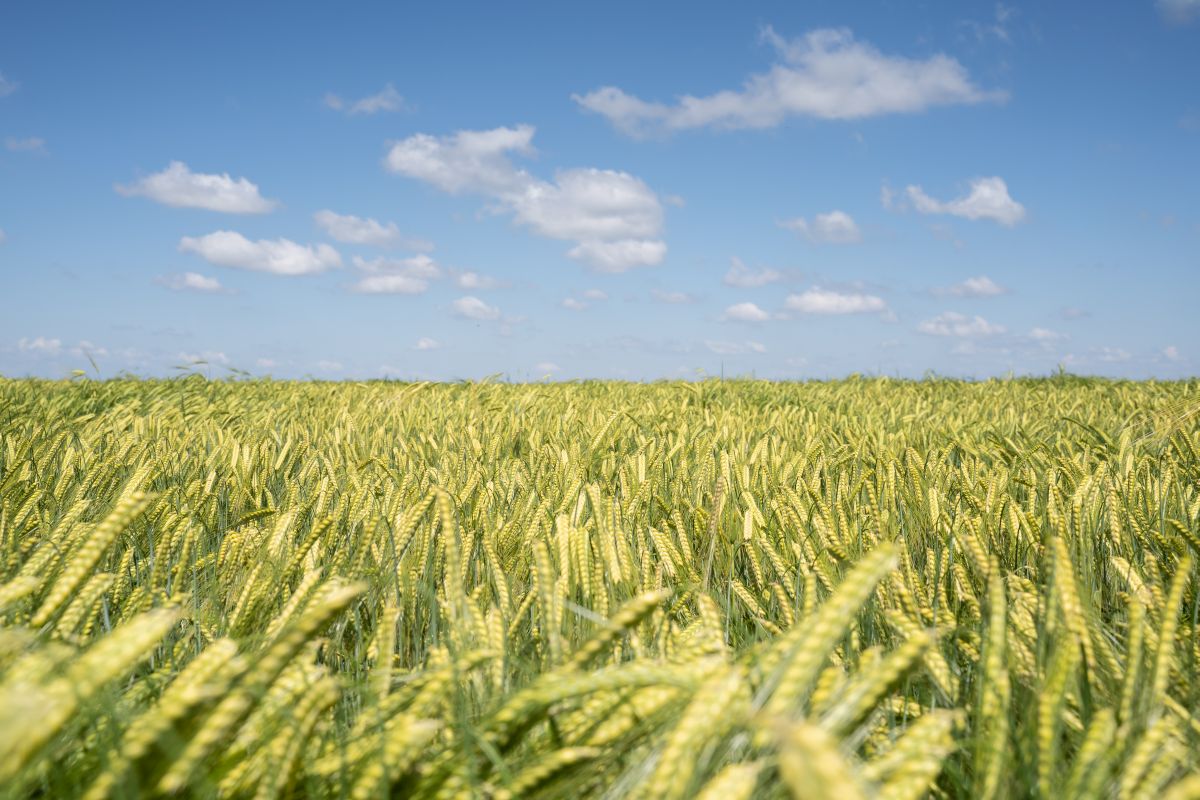 Early variety
Early variety
Predator
New, highly adaptable variety
- Medium-late variety
- New, high-yielding two-rowed winter barley variety, highly adaptable to different production conditions and technologies
- Provides record performance when using intensive crop management, and above-average performance in more demanding cultivation conditions, including lower-fertility soils and more extensive crop management
- Excellent wintering
- High tillering coefficient
- High tolerance to main barley diseases
- Notable tolerance to high-stress production conditions, especially drought
- Short, elastic stem, highly resistant to lodging
- Suitable for cultivation in entire production area; given its longer vegetation period, it will manifest its grain yield potential especially in central and western production areas in Croatia
- Usual seeding rate of 200-220 kg/ha in optimal sowing periods
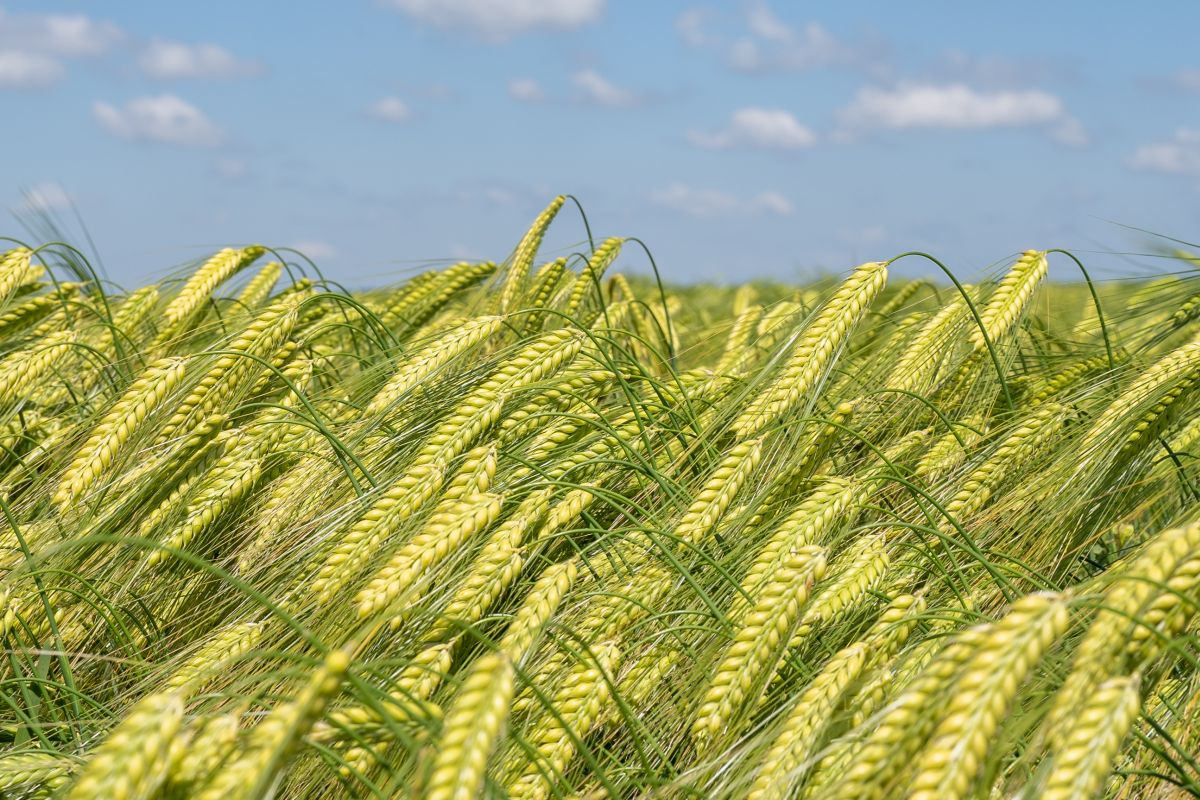 Medium-late variety
Medium-late variety
Roko
A new, highly adaptable variety with a lower seeding rate
- Medium-late variety
- New six-rowed winter barley variety for the livestock industry
- Successfully produced in entire production area in Croatia due to its remarkable adaptability and grain yield stability in different production conditions
- Due to its late maturity, it manifests its yield potential both in the central and western production areas in Croatia
- Medium-height stem (average height of 88 cm), firm, elastic, good resistance to lodging
- Very large and well-formed grains with a high protein content
- Tolerant to most widespread barley diseases
- Very tolerant to adverse effects of climate change such as high temperature oscillations and drought
- Lower seeding rate thanks to high productive tillering coefficient
- Recommended seeding rate of 150-170 kg/ha in optimal sowing periods
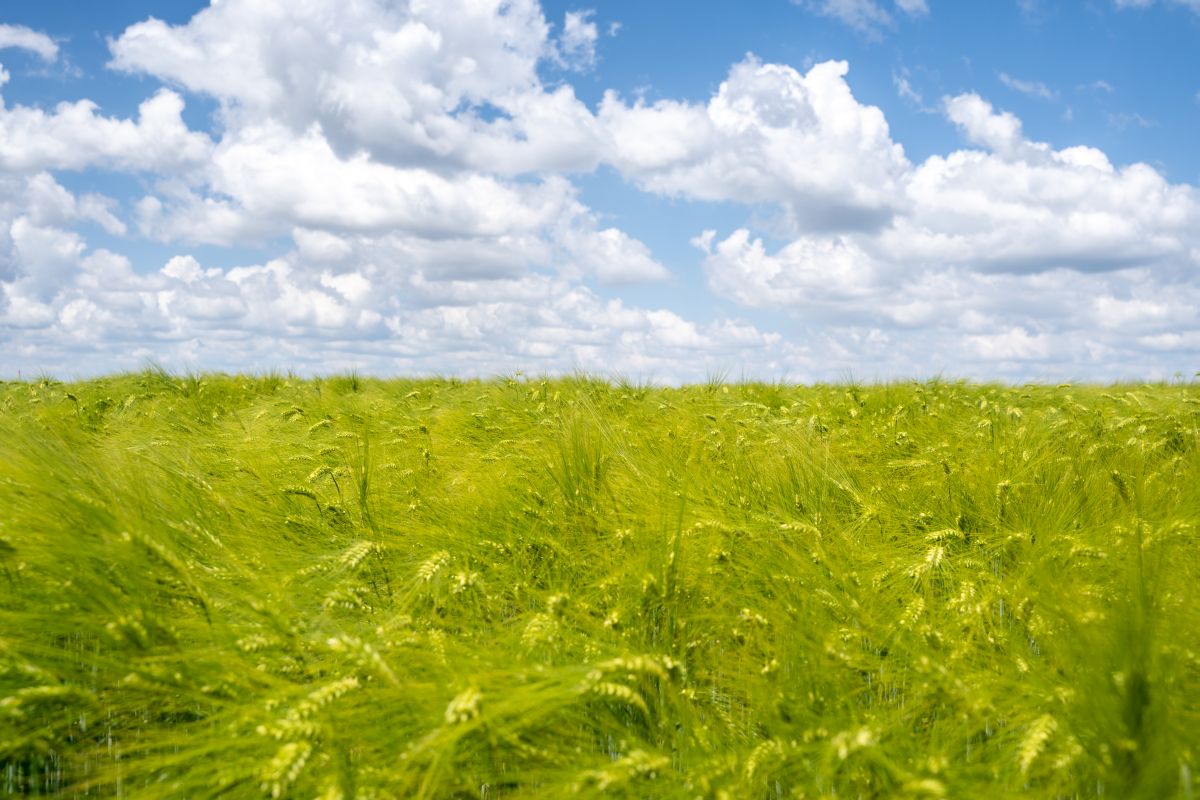 Medium-late variety
Medium-late variety
Spring barley

Dado
Two-rowed spring barley variety for the malt industry
- Dado is a well-known high-yielding spring barley variety from the Osijek Agricultural Institute’s selection programme
- It is equally well-suited to cattle farming, human consumption, and the malt industry
- As a variety characterised by early maturity, Dado’s vegetation period is well-suited to the production conditions in Croatia and Southeast Europe
- Its commercial properties include tolerance to most widespread diseases and pests, good drought tolerance, a medium-height, firm, elastic and lodging-resistant stem, and large, uniformly sized grains, with an extremely high standard mass per storage volume
- Our recommendation is to sow it as early as possible in the spring, with the recommended seeding rate of 210-235 kg/ha
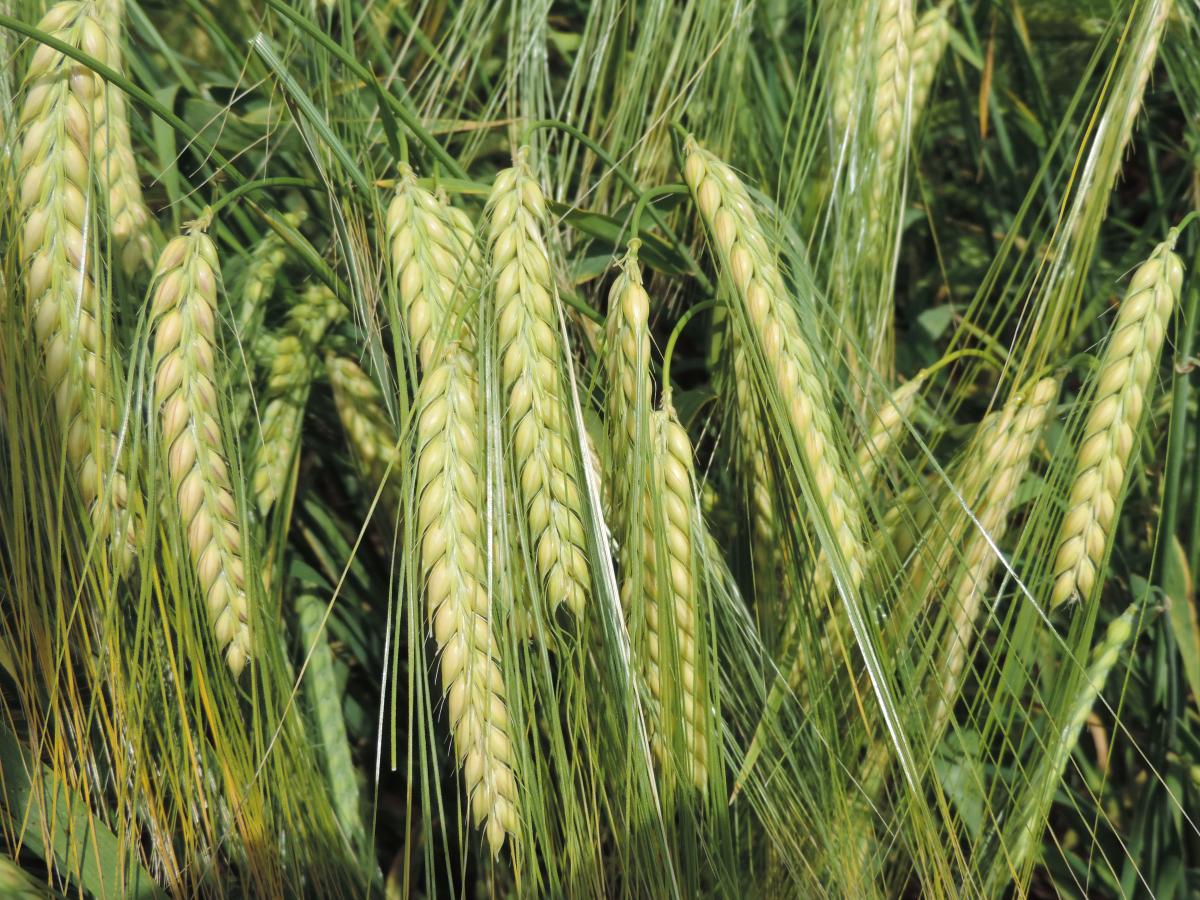 Medium-early variety
Medium-early variety
Matej
Two-rowed spring barley with good commercially valuable properties
- Matej is a high-yielding spring variety of fodder barley from the Osijek Agricultural Institute’s selection programme
- It is a variety of medium maturity, featuring a two-rowed, loose spike, which has been produced for many years, confirming time and again the amount and stability of its grain yield in years of different weather and soil conditions
- Its commercial properties include tolerance to most widespread diseases and pests, a medium-height, firm, elastic and lodging-resistant stem, and large, uniformly sized grains, with an extremely high standard mass per storage volume
- Our recommendation is to sow it in February and early March, with the recommended seeding rate of 210-235 kg/ha
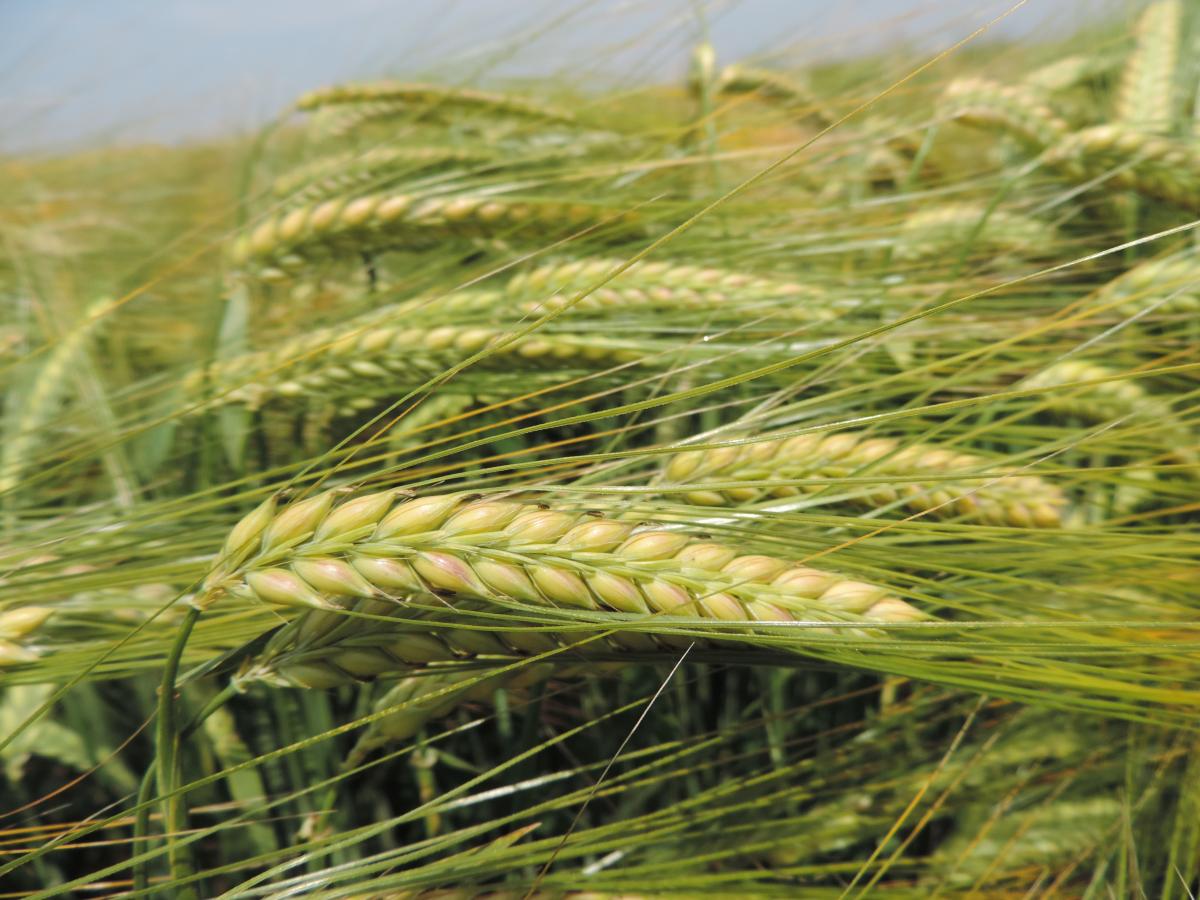 Medium-early variety
Medium-early variety

